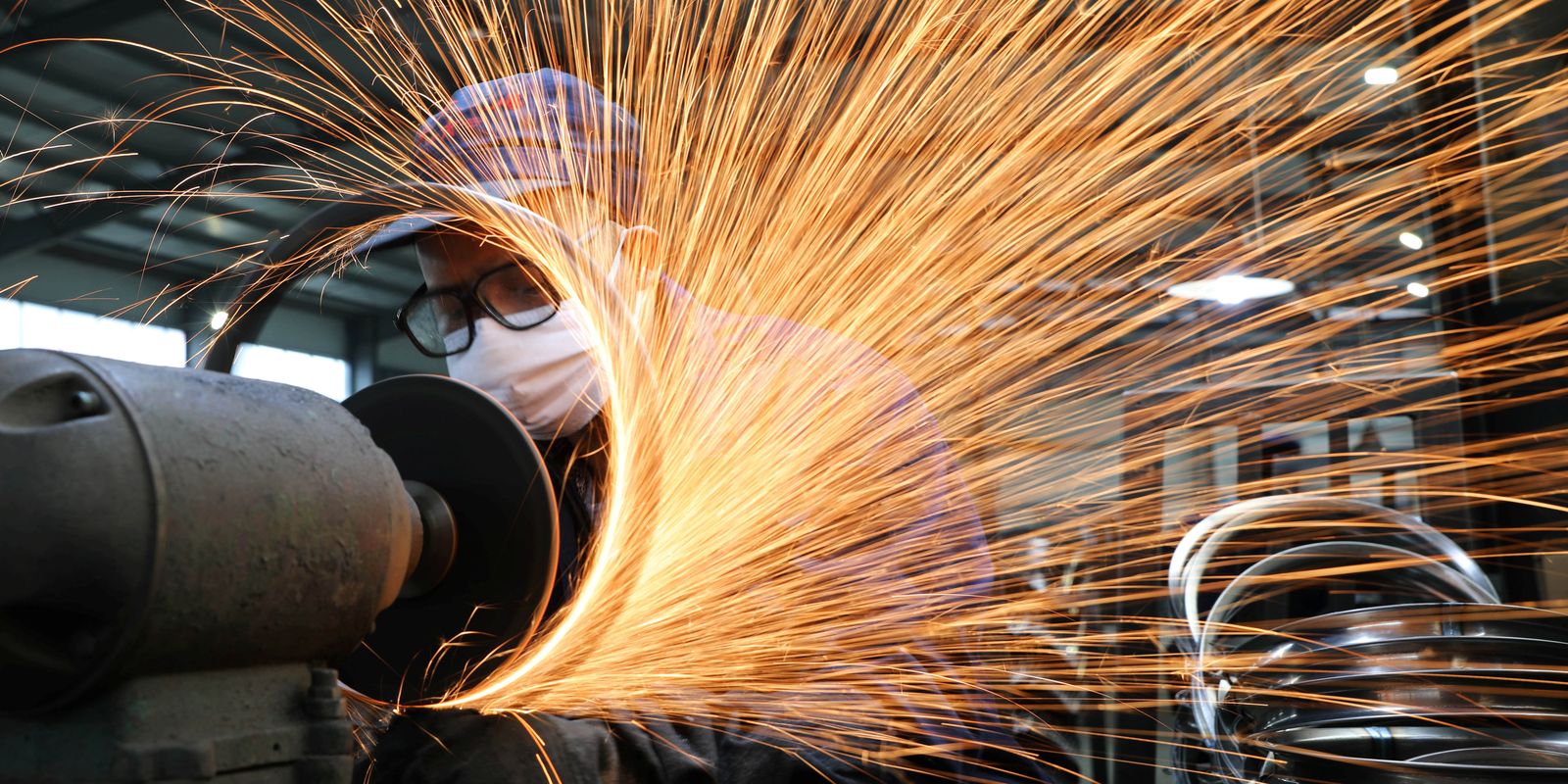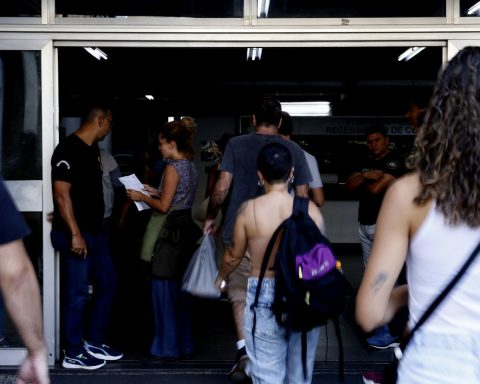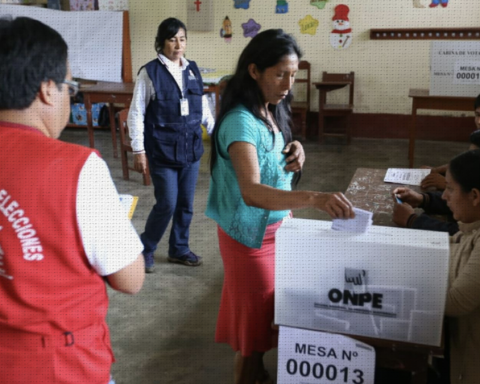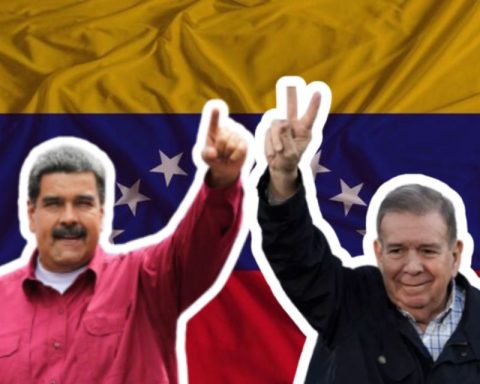From January to November this year, the volume of crude steel production in the country was 31.1 million tons
Comparing the two periods, imports, apparent consumption and domestic sales grew 24.4%, 9.6% and 8.7%, respectively, as shown by the Instituto Aço Brasil, in a balance released this Monday (16 ).
The forecast is that, when computing the December results, the year 2024 will end with production of 33.7 million tons. So far this year, the worst index was related to exports, which totaled 8.8 million tons so far, 18.5% less than the same period last year.
In a press conference, the organization highlighted how the three main sectors that depend on steel contributed to the performance presented: the automotive sector had an increase of 12.1%, while the machinery and equipment sector and the civil construction sector registered a positive variation of 1 % and 4.1% respectively.
China
The institute’s executive president, Marco Polo de Mello, referred to a table that compiles data on the history of some countries regarding the consumption of the metallic alloy, over 43 years. In Brazil in 1980, the average proportion was 100.6 kilos per inhabitant, rising to 110.8 in 2023. The country’s variation was 10.1%, while that of China, for example, was 1,863% .
The Asian country was mentioned as a factor of concern, as it is, in Mello’s assessment, practicing “predatory” activity, dominating exports.
Mello stated that one of the themes that predominated was the energy transition, especially due to the UN Conference of the Parties on Climate Change (COP29), held last month in Baku, Azerbaijan, and that the steel and iron industries are responsible only for 4% of the volume of greenhouse gases emitted by Brazil. Globally, the percentage is 7%, he stressed.
When citing the numbers, the institute representative asked that other economic sectors be charged proportionally for the damage they generate. Agribusiness, for example, accounts for 32% of emissions, and the energy sector, for 24%.
Mello also emphasized the importance of defining what is a goal established by the Brazilian government and what is within the sector’s reach. “We are only going to assume feasible goals”, he declared.
The institute’s executive used the United States as an example, which, according to him, after going through a boom in car production, it used the units as scrap, which it sees as one of the solutions for the energy transition.
The second, complementary, would be the use of hydrogen as a substitute in the steel decarbonization process, which, criticized Mello, would require Petrobras to take a “less monopolistic” position. To complete a set of tools, the steel industry would need R$180 billion to make the transition to clean energy viable.

















